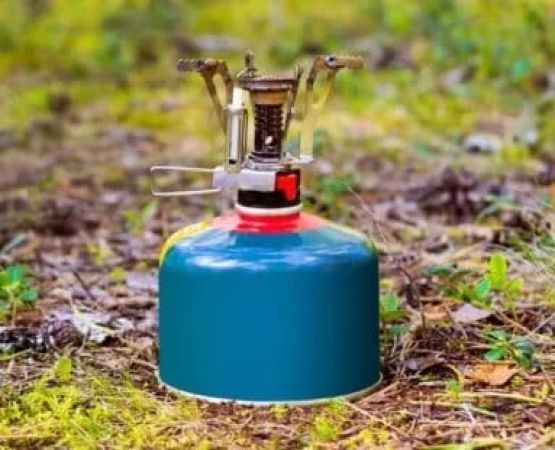How to Go Camping During the Winter: A Complete Guide for Adventurers
- Why Winter Camping is Worth the Experience
- How to Prepare for Winter Camping
- Essential Winter Camping Gear
- Best Winter Camping Destinations
- Winter Camping Tips for a Safe and Comfortable Trip
Why Winter Camping is Worth the Experience
Winter camping offers a unique adventure that allows you to experience nature in a completely different way. The crisp air, serene landscapes, and snow-covered trees create a peaceful atmosphere that’s hard to replicate during other seasons. For many, winter camping is a chance to escape the crowds and enjoy solitude in the wilderness. Plus, it’s an opportunity to experience winter activities such as snowshoeing, ice fishing, and stargazing under clear, cold skies.
How to Prepare for Winter Camping
Preparing for winter camping is essential for ensuring your safety and comfort. One of the first things to consider is the location. Research the climate, potential hazards, and accessibility of the area. Choose campsites that are known for winter-friendly conditions, and always check for weather warnings before heading out.
Another crucial part of preparation is understanding the physical demands of winter camping. Cold temperatures, limited daylight, and possibly harsh conditions require physical stamina and mental readiness. Ensure you’re prepared to hike or travel in snow and ice and that you're ready for colder nights.
Essential Winter Camping Gear
For a successful winter camping experience, the right gear is crucial. Below are the must-haves:
1. Insulated Tent
Invest in a four-season tent designed to withstand harsh winter conditions. These tents are made with stronger materials to resist wind, snow, and freezing temperatures.
2. Sleeping Bag
Choose a sleeping bag rated for cold weather, ideally one with a temperature rating 10-20 degrees lower than the temperatures you expect to encounter. A sleeping pad that insulates from the ground is also essential to retain body heat.
3. Layered Clothing
Layering is key to staying warm in winter. Start with moisture-wicking base layers, followed by insulating layers like fleece or down, and finish with a waterproof and windproof outer layer.
4. Cooking Equipment
Winter camping also means bringing a reliable stove that works in cold temperatures. Look for a stove with a fuel type that performs well in low temperatures, such as liquid fuel or canister stoves designed for winter use.
Best Winter Camping Destinations
There are many stunning winter camping destinations in the United States, but some stand out for their pristine landscapes and accessibility. Here are a few top destinations to consider:
1. Yellowstone National Park, Wyoming
Yellowstone offers a beautiful winter experience, with fewer crowds and the chance to see the park's famous geothermal features against a backdrop of snow. Winter activities include cross-country skiing and wildlife watching.
2. Acadia National Park, Maine
Acadia is known for its rugged coastal beauty. Winter camping here lets you enjoy the peaceful solitude of snow-covered mountains and forests, with opportunities for snowshoeing and winter hiking.
3. Rocky Mountain National Park, Colorado
If you're looking for dramatic mountain scenery and challenging winter hiking, Rocky Mountain National Park is the place to be. Winter camping here requires preparation for cold and snowy conditions but rewards you with spectacular views.
Winter Camping Tips for a Safe and Comfortable Trip
Winter camping requires extra precautions to stay safe and warm. Here are some key tips:
1. Stay Dry
One of the most important aspects of winter camping is staying dry. Wet clothes can quickly lead to hypothermia, so make sure to change out of wet gear immediately and keep your clothing dry during hikes.
2. Watch for Signs of Frostbite
Frostbite is a real risk in freezing temperatures. Pay attention to signs like numbness, pale skin, or a cold feeling in extremities like fingers, toes, and ears. If you notice these symptoms, seek shelter and warmth immediately.
3. Bring Extra Fuel
In cold weather, fuel burns faster. Be sure to bring extra fuel for your stove and lanterns to avoid running out in the middle of your trip.






